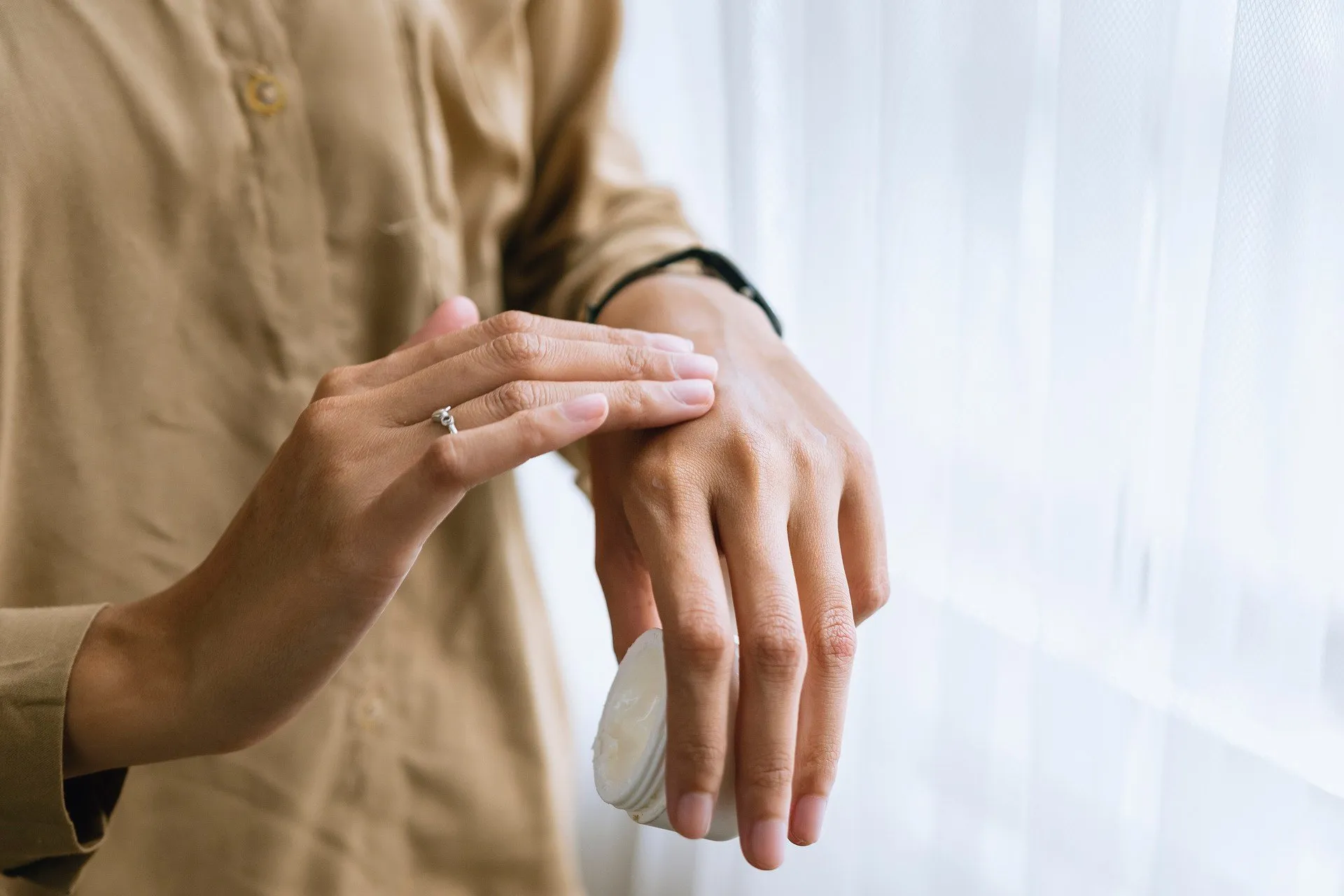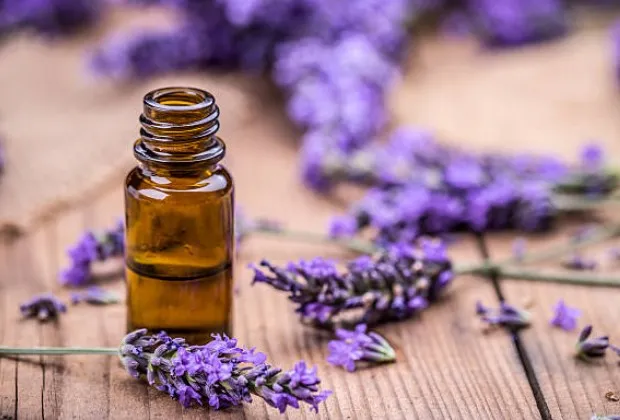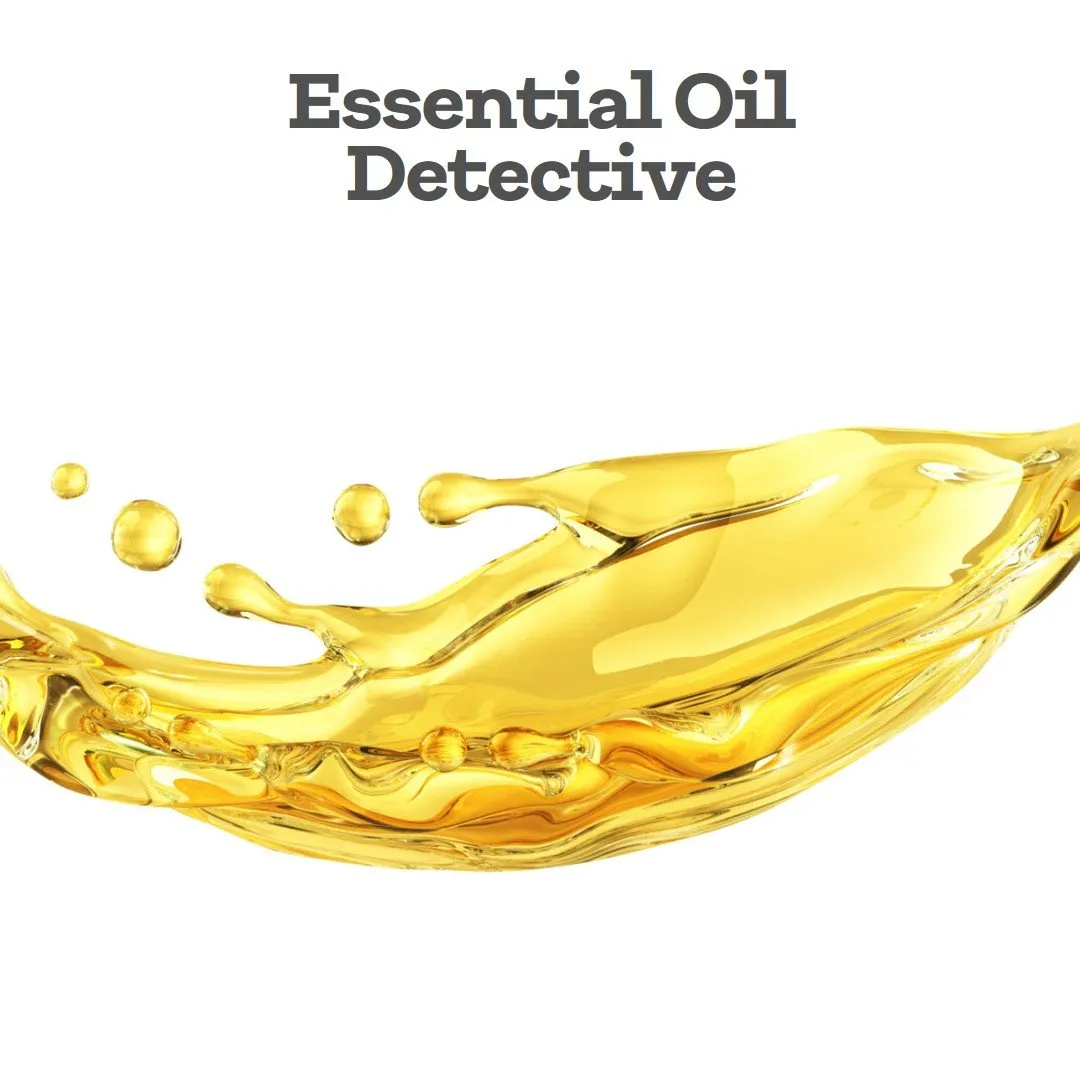Essential Oils Enhance Reflexology and Pressure Point Massage (for the Ultimate Relaxation)
Reflexology and pressure point massage have been practiced for centuries as holistic methods to promote relaxation, alleviate pain, and enhance overall well-being.
Reflexology is based on the principle that certain points on the feet, hands, and ears correspond to different organs and body systems. By applying pressure to these reflex points, practitioners aim to stimulate energy flow and encourage the body's natural healing mechanisms.
Similarly, pressure point massage involves targeting specific areas on the body to relieve tension, improve circulation, and alleviate discomfort.
The integration of essential oils into reflexology or pressure point massage sessions can greatly enhance the effectiveness of these therapies.
Essential oils are concentrated plant extracts known for their aromatic and therapeutic properties. When applied topically, they can penetrate the skin and deliver numerous benefits, including pain relief, relaxation, and mood enhancement.
Common Pressure Points

Several common pressure points exist throughout the body, each associated with specific benefits when stimulated. When essential oils are applied to these pressure points, they can enhance health and well-being through various mechanisms, such as promoting relaxation, easing tension, and stimulating circulation.
Here are some of the most commonly used points:
Temples: Located on the sides of the forehead, massaging essential oils like lavender or peppermint onto the temples can help relieve headaches, reduce stress, and induce relaxation. These oils have calming and cooling properties that may alleviate tension and discomfort.
Base of the Skull (Occipital Ridge): Applying essential oils like eucalyptus or rosemary to this area can assist in relieving neck tension, promoting mental clarity, and reducing fatigue. These oils possess invigorating and analgesic properties that may help ease muscle tightness and enhance focus.
Between Eyebrows (Third Eye Point): Massaging essential oils like chamomile or frankincense onto this point may aid in calming the mind, reducing anxiety, and promoting relaxation. These oils have soothing effects that can help alleviate stress and improve emotional well-being.
Wrists: The inner wrists contain pressure points linked to stress relief and relaxation. Applying essential oils such as bergamot or ylang-ylang to this area can have mood-lifting effects and promote relaxation.
Upper Back (Between Shoulder Blades): This area is associated with reducing tension and promoting relaxation. Applying essential oils like clary sage or lavender to the upper back can help alleviate stress and muscle tension, providing a calming effect.
Bottom of Feet: Reflexology points on the feet connect to various organs and systems in the body. Applying essential oils to the bottom of the feet can have widespread effects due to the rich network of reflex points. Oils like tea tree or peppermint can be massaged into the soles to support relaxation, improve circulation, and enhance overall wellness.
When essential oils are applied to these pressure points, they penetrate the skin and are absorbed into the bloodstream. This allows the therapeutic properties of the oils to exert their effects on the body and mind.
The aroma of the oils can also stimulate the olfactory system, triggering a response in the brain that can influence emotions, mood, and relaxation.
Moreover, essential oils possess natural compounds that may have anti-inflammatory, analgesic, and calming effects. Massaging these oils onto pressure points during reflexology or targeted massage sessions can amplify these effects, aiding in stress reduction, pain relief, and enhancing one's overall health and well-being.
Essential Oils that Complement Reflexology Massage

Certain essential oils possess properties that complement the goals of reflexology and pressure point massage. When considering the choice of essential oils, it's essential to match the properties of the oil with the desired outcome.
Lavender oil is renowned for its calming effects and is often used to promote relaxation and reduce stress. When applied to pressure points during a massage or reflexology session, lavender oil can deepen the sense of relaxation, helping the individual to enter a more profound state of tranquility.
Peppermint oil is another valuable addition to these practices. Known for its cooling sensation and ability to alleviate muscle tension, peppermint oil applied to specific pressure points can enhance the therapeutic benefits of the massage, providing relief from headaches or muscular discomfort.
Eucalyptus oil possesses decongestant properties and can be beneficial when targeting pressure points to relieve sinus congestion or respiratory issues.
Combining the ancient practices of reflexology and pressure point massage with the therapeutic properties of essential oils offers a holistic approach to wellness. This combination not only enhances the overall massage experience but also promotes physical, mental, and emotional balance.
However, it's important to remember that individual responses to essential oils may vary. Some people might have sensitivities or allergies to certain oils. It's advisable to perform a patch test and consult with a healthcare professional or aromatherapist before using essential oils, especially for individuals with underlying health conditions or sensitivities.
